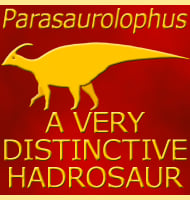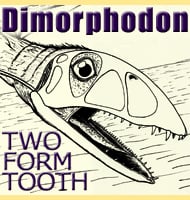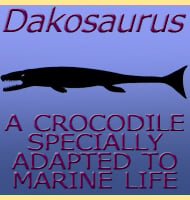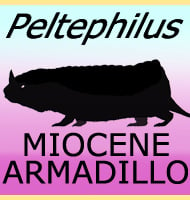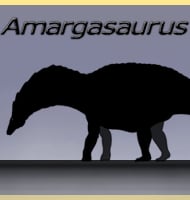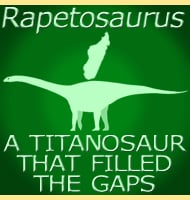In Depth
The discovery of the pterosaur Kepodactylus was actually a by-product of the recovery of a Stegosaurus in Garden Park, Colorado. This is how Kepodactylus got a name meaning ‘garden finger’. The species name insperatus is referenced to the discovery of Kepodactylus being a pleasant surprise to the dig team.
Further Reading
– A large pterodactyloid from the Morrison Formation (Late Jurassic) of Garden Park, Colorado. – Neues Jahrbuch f�r Geologie und Pal�ontologie Monatshefte 1996(8):473-484. – J. D. Harrris & K. Carpenter – 1996.

